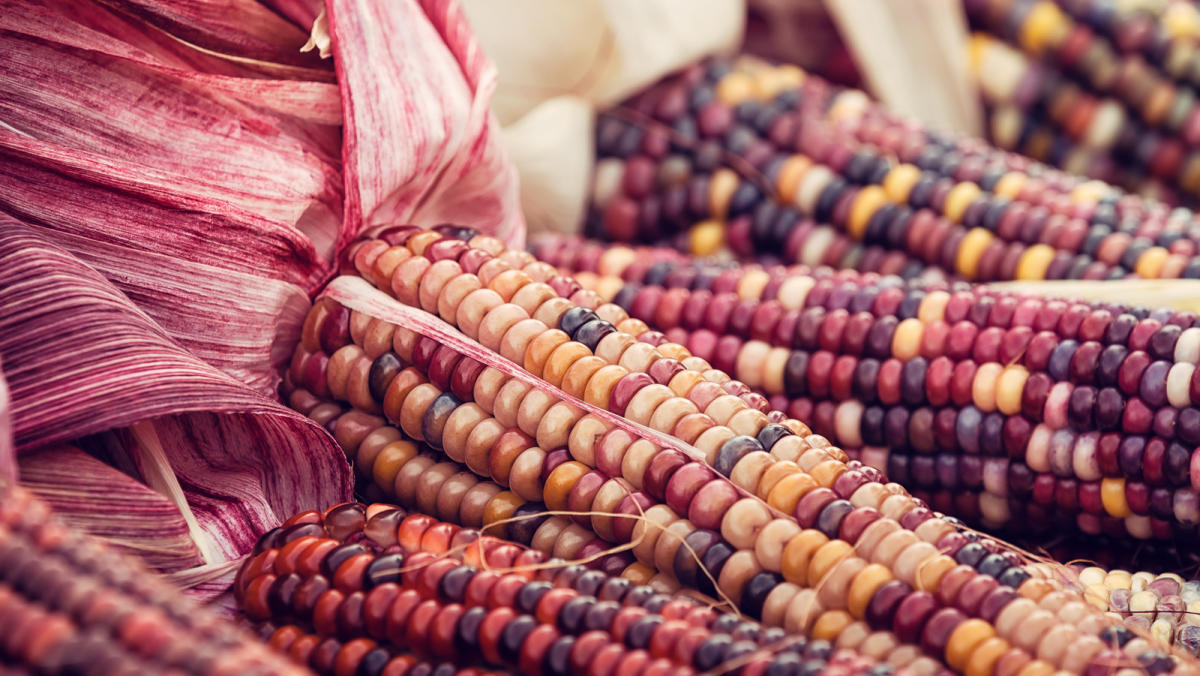
Flint corn, also known as Indian corn, is more than just a colorful decoration for autumn. This ancient grain has a rich history and a variety of uses that might surprise you. Did you know that flint corn was a staple for Native American tribes long before European settlers arrived? Its hard outer shell makes it different from sweet corn, giving it a unique crunch and resilience. But what makes flint corn so special? From its role in traditional dishes to its importance in agriculture, flint corn has many fascinating aspects. Let's dive into 20 intriguing facts about this versatile and historic grain.
Key Takeaways:
- Flint corn, also known as Indian corn, has a hard outer shell and comes in various colors. It was a vital crop for Native American tribes and has historical significance in early societies.
- Flint corn has practical uses like making cornmeal, popping for snacks, and serving as animal feed. It requires specific conditions to grow and is more resistant to pests and diseases compared to sweet corn.
What is Flint Corn?
Flint corn, also known as Indian corn, is a type of maize with a hard outer shell. This variety of corn has been cultivated for thousands of years and holds significant cultural and historical importance.
- Flint corn gets its name from its hard, flint-like outer shell, which protects the kernels inside.
- Unlike sweet corn, flint corn is primarily used for decoration, animal feed, and making cornmeal.
- The kernels of flint corn come in a variety of colors, including red, blue, white, and yellow, making it popular for autumn decorations.
- Flint corn was a staple crop for Native American tribes, who used it for food, trade, and ceremonies.
- This type of corn is more resistant to cold and drought compared to other corn varieties, making it a reliable crop in various climates.
Historical Significance of Flint Corn
Flint corn has played a crucial role in the history of agriculture and human civilization. Its resilience and versatility made it a valuable resource for early societies.
- Native Americans introduced flint corn to European settlers, who quickly adopted it as a staple crop.
- The Pilgrims relied on flint corn for survival during their first winter in the New World.
- Flint corn was used in traditional Native American dishes such as hominy and succotash.
- The genetic diversity of flint corn helped it adapt to different environments, ensuring its survival over centuries.
- Flint corn was often used in trade between Native American tribes and European settlers, fostering economic relationships.
Uses of Flint Corn
Flint corn is not just for decoration; it has a variety of practical uses that have been utilized for generations.
- Flint corn can be ground into cornmeal, which is used to make cornbread, tortillas, and other dishes.
- The hard kernels of flint corn make it ideal for popping, resulting in a crunchy snack.
- Flint corn is often used as animal feed due to its high nutritional content.
- The colorful kernels of flint corn are used in crafts and decorations, especially during the fall season.
- Flint corn can be used to make masa, a dough used in traditional Mexican cuisine for making tamales and tortillas.
Growing Flint Corn
Cultivating flint corn requires specific conditions and care, but it is a rewarding crop for farmers and gardeners alike.
- Flint corn thrives in well-drained soil with plenty of sunlight.
- This type of corn requires a longer growing season compared to sweet corn, typically around 100-120 days.
- Flint corn is more resistant to pests and diseases, making it easier to grow organically.
- Proper spacing and planting depth are crucial for flint corn to develop strong roots and healthy stalks.
- Harvesting flint corn involves allowing the ears to dry on the stalks before picking, ensuring the kernels are fully mature and hard.
Flint Corn: A Colorful Legacy
Flint corn isn’t just a pretty face in the world of grains. Its hard kernels and vibrant colors tell stories of ancient civilizations, survival, and culinary traditions. This type of corn has been a staple for centuries, providing nourishment and cultural significance to many communities. From its use in traditional dishes to its role in modern agriculture, flint corn continues to be a versatile and valuable crop.
Understanding the history and uses of flint corn can deepen our appreciation for this remarkable plant. Whether you’re a farmer, a chef, or just someone who loves learning about food, flint corn offers a rich tapestry of facts and stories. So next time you see those colorful ears, remember the legacy they carry and the many ways they’ve shaped our world.
Frequently Asked Questions
Was this page helpful?
Our commitment to delivering trustworthy and engaging content is at the heart of what we do. Each fact on our site is contributed by real users like you, bringing a wealth of diverse insights and information. To ensure the highest standards of accuracy and reliability, our dedicated editors meticulously review each submission. This process guarantees that the facts we share are not only fascinating but also credible. Trust in our commitment to quality and authenticity as you explore and learn with us.


